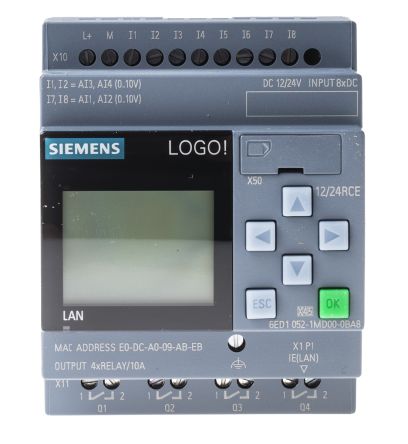chewblekka
Since you've done the full airstrut retrofit, I'd like to pick your brain on an idea......
If I'm not completely wrong, air springs exist that will just "hopefully" slide over my existing gas struts.
I'm only interested in the rears to allow me to eliminate rear squat when towing. If the OEM air springs can fit the regular gas struts, I'm hoping I can replace my steel springs and have a more crude system (instead of the fully integrated air suspension). I realize that I wouldn't have full adjustability or dampening control like with the real thing..... but I could potentially just drive around with 30psi(or whatever) in the springs during normal use, and then I'd bump them up to 50psi or whatever when I'm towing.
Or do the air struts only slide over the corresponding OEM "air" struts?
Since you've done the full airstrut retrofit, I'd like to pick your brain on an idea......
If I'm not completely wrong, air springs exist that will just "hopefully" slide over my existing gas struts.
I'm only interested in the rears to allow me to eliminate rear squat when towing. If the OEM air springs can fit the regular gas struts, I'm hoping I can replace my steel springs and have a more crude system (instead of the fully integrated air suspension). I realize that I wouldn't have full adjustability or dampening control like with the real thing..... but I could potentially just drive around with 30psi(or whatever) in the springs during normal use, and then I'd bump them up to 50psi or whatever when I'm towing.
Or do the air struts only slide over the corresponding OEM "air" struts?



















